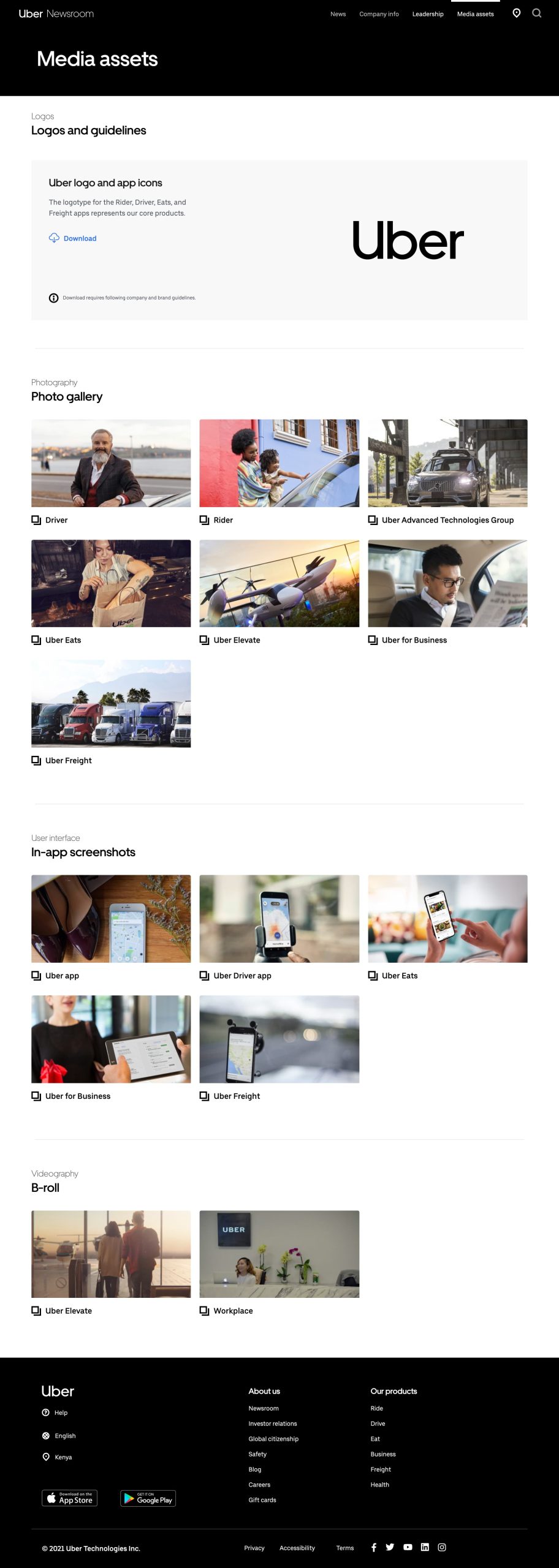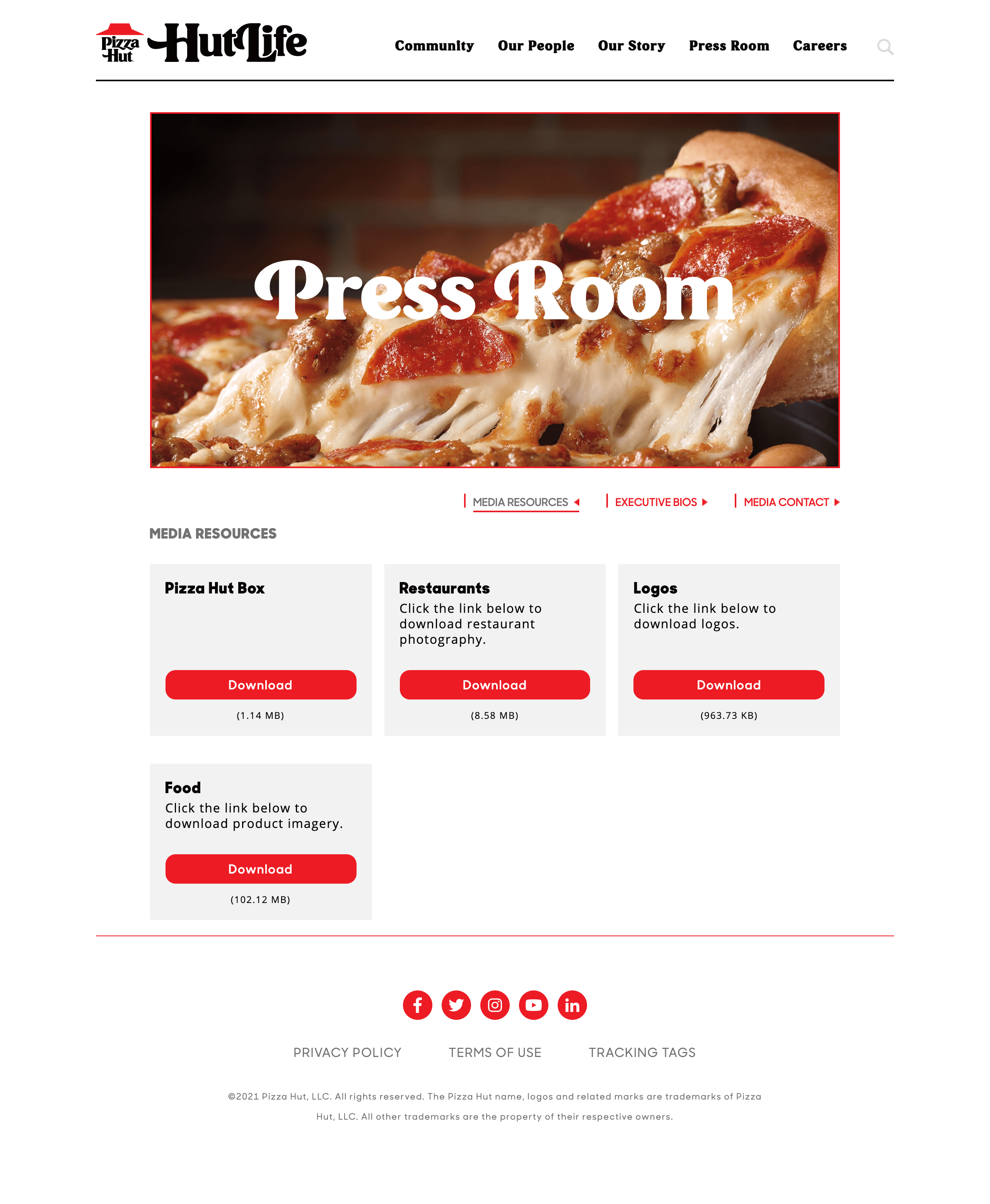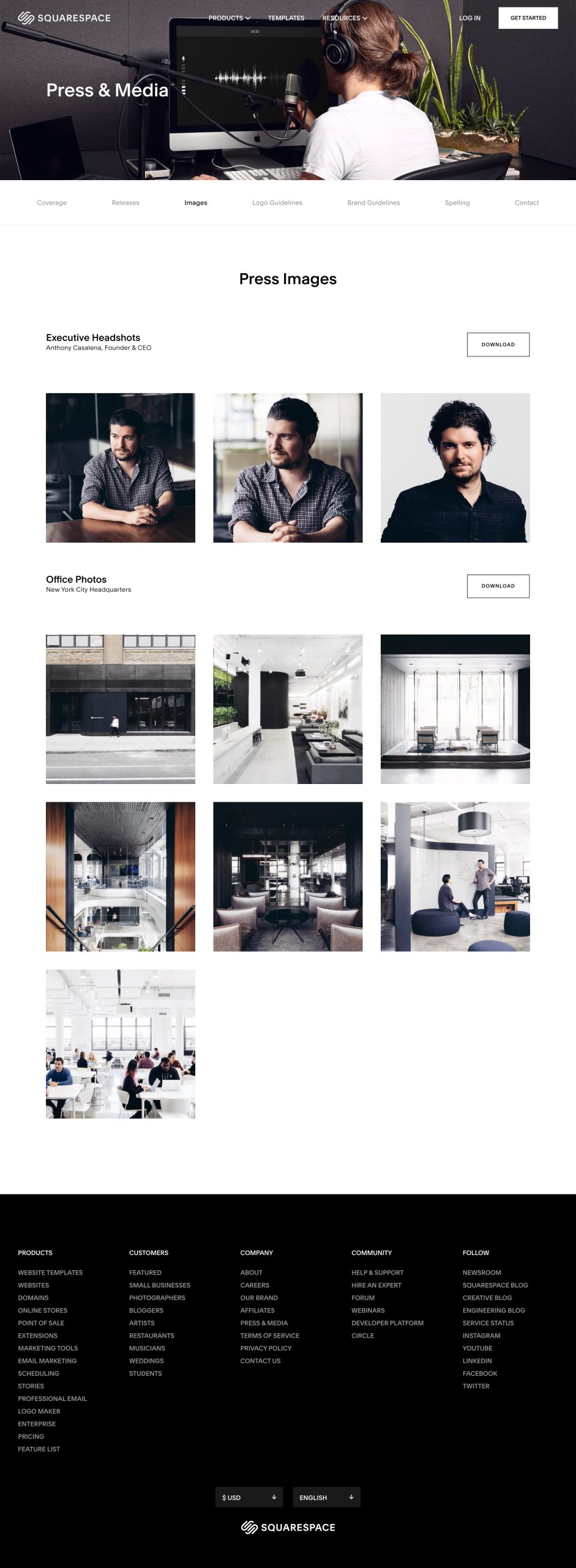In today’s digital era, a well-crafted electronic press kit (EPK) can be a powerful tool to showcase your brand story and captivate your audience. Whether you’re an emerging artist, a startup, or a well-established company, an EPK can serve as a virtual portfolio that presents your brand in a compelling and concise manner.
Building an EPK that effectively tells your brand story requires more than just a compilation of press releases, images, and accolades. It’s about curating an experience that resonates with your audience, leaving a lasting impression that sets you apart from the competition. To achieve this, it’s essential to create an EPK that aligns with your brand voice and values. Your brand voice, which encapsulates the personality and tone of your brand, should shine through every element of your EPK – from the written copy to the visuals and design.
In this article, we will delve into the key components of building an electronic press kit that tells your brand story. We will explore how to optimize your EPK for maximum impact, incorporate storytelling techniques, and create a visually compelling presentation that engages your audience. With the right approach, your EPK can become a valuable asset that amplifies your brand’s message and ultimately drives growth.
What is an electronic press kit?
An electronic press kit (EPK) is a pre-packaged set of content that companies/individuals create for distribution to members of the media and their target audiences. Previously, EPKs were predominantly used by the music industry, but many companies now use this form of optimized content to achieve media coverage.
Having a well-crafted EPK gives reporters and media outlets an easy way to gain information about a company, its products/services, and its value propositions. Having all the right information presented creatively and concisely increases the percentage of success with media outreach. An EPK also provides accurate details when media professionals decide to take on a story.
EPKs are commonly used for significant announcements like a new company launch, new product launches, recent mergers, and acquisitions. They help businesses of whatever size get noticed by media professionals while also being a cost-effective promotional tool. It’s true that the design should be unique to the specific user. Even so, EPKs should be easily shareable with the media. EPKs are not just used for media relations. Public relations professionals can also send EPKs to prospective clients, advertisers, and investment analysts. In short, an EPK is a valuable resource for anyone who is interested in the company and its message.
Creating a press kit helps to motivate anyone interested in sharing the brand’s story and equips them with the correct information to do so.
Building your electronic press kit: 7 things to include
Regardless of what kind of business you’re trying to promote, an electronic press kit is one of the essential elements you should have while trying to earn media coverage. The look and content of the EPK should always uniquely present the company’s brand. Be that as it may, there are a few things that should always be included for it to be a useful piece of content for gaining media attention.
1) The company story
Having a captivating story is essential when you need to create unique and creative content to share with the media. This content allows you to introduce your company to its target audience. It also helps you to share your strengths, motivations for starting your business, and what differentiates you from the competition.
This section of the EPK should answer who, what, where, when, why, and how. All brand messaging should be consistent throughout while also being concise. Understanding the target audience also helps you create an EPK that is eye-catching and brief.
Riding that fine line between informative and concise can be a complicated process. PR professionals are trained to help companies to craft a story that will achieve their media outreach goals. PR agencies like Pressfarm help startups and entrepreneurs create newsworthy content from email pitches, press releases, and press kits. They also provide access to their PR database with over 1 million media professionals that clients can use to find their perfect media match through their PR packages. Their PR experts have been trained in digital PR and will also increase press release visibility in relevant search results across major search engines.
2) Products/services
Whatever stage your company is in, you need to include your products/services in your electronic press kit. You should outline the most important features and details. These include pricing, where to purchase the products, what sets you apart from the competition, and more.
While not necessary, it can be helpful to include some FAQs. These are especially important if they pertain to your industry, product, or service. This section makes media professionals’ lives easier and may give them additional ideas for their content.
3) Hi-resolution visuals
These can vary depending on the industry, but all graphic files should include high-resolution logos, product images, and headshots of a critical management member. The whole point of having visuals is to communicate ideas concisely to the public. Before you send your EPK out to media professionals and target audiences, you need to optimise this file. If it is media-ready, then recipients can use it as-is.
Let’s assume a company plans to allow media professionals to use the images provided. In this case, they should provide a link where they can download high-resolution copies. Alternatively, they can add high-resolution images to the EPK themselves.
4) Contact information
Since an EPK is usually sent out to convince journalists to write a story, it is essential to provide all contact information for press inquiries. Make sure to include social media links because journalists and reporters will most likely look there to find additional information.
You should also create a separate email address dedicated to the press. This looks professional and may appeal to media professionals more than simply using a generic email address.
5) Previous press coverage & awards
You might have already obtained press coverage, and this is proof that other media outlets found a story worth writing about. Knowing this makes other journalists and media outlets more inclined to create content and trust your company as a thought leader in their industry.
Listing past industry awards and accolades is another way for companies to establish themselves as experts in their industry. This section of the EPK should always be kept up to date. This is because if it is based on information too far in the past, it might make a company seem outdated.
6) Goal, mission, vision
Every EPK is designed to help your company to gain adequate media coverage for your brand. It’s important to state this clearly in the EPK. This helps journalists and media outlets make a quick and smart decision on whether or not they should take on the project.
Ultimately, journalists are more likely to gravitate toward a transparent company that has its goals, mission, and vision clearly defined.
7) Testimonials and reviews
Adding customer testimonials or product reviews helps to legitimize your business. It shows media professionals and target audiences that existing customers approve of the products/services provided. Media outlets will be very willing to write about a brand that is loved by many.
Along with the above elements of an electronic press kit, there are certain things that you need to do to ensure you get the best media coverage.
How to create an EPK that will stand out
1) Know your competition
The best way to beat the competition is to know everything about them. By understanding your competition, their strengths, and their influence in the industry, you can adapt your PR activities. You can craft PR strategies based on what you have seen work and what needs improvement. Learning from mistakes is an essential part of staying ahead of your competition.
2) Newsworthy content
In order to get journalists, bloggers, influencers, and other media outlets to talk about your company, you need to create newsworthy content. To write a newsworthy story, you should consider the timing, prominence, significance, human interest, and proximity of your announcement.
3) The right distribution channels
There is no point in having great content if the wrong people are looking at it. To find the right distribution channels, you need to research the journalist or media outlet. You also need to understand the type of content the journalist writes about as well as your target audience. Understanding a media professional’s previous work allows you to tailor your message to specific journalists, influencers, or media outlets.
4) Influencer marketing
Sending press content out to media professionals is just not enough anymore. More people are influencing the buyer landscape, and consumers tend to look to them when trying to make a purchase decision. With the growth of social media channels, influencer marketing has become an effective tactic that companies use to reach their target demographic. This is especially the case for younger generations who are always scrolling through Instagram, TikTok, and Twitter to find the most updated news and sponsored information.
You can look for both micro and macro influencers when trying to achieve their media campaign. Ultimately, whoever you choose should align with your brand image and should be attainable.
Examples of outstanding electronic press kits
1) Uber

Uber receives a lot of media attention, so it’s easy to assume their press kit would be very detailed. However, as you can see, they’ve chosen to focus on the important information. This electronic press kit highlights previous media coverage, company background, leadership, and media assets.
2) Pizza Hut

The Pizza Hut press kit is organized in a similar way, with easy-to-navigate tabs on top and media resources at the bottom. Pizza Hut has harnessed the visual power of its product – pizza – to create a memorable press kit.
3) Squarespace

Squarespace has added an interesting twist to the standard EPK format. Not only have they provided press releases, but they have also outlined their brand guidelines. This makes work very easy for a journalist who is considering writing a story about them. Squarespace is the best and popular choice for website builders since its templates designs are a standout feature and is the best for small business owners to consider its e-commerce features.
4) Mailchimp
At first glance, Mailchimp‘s press kit seems to follow the standard format to a tee. However, the inclusion of company statistics at the bottom is a great addition. This gives any curious journalist some newsworthy content for a story.
Conclusion
As industries shift to a more digital landscape, all content needs to be adapted to online platforms. An electronic press kit, along with other press content, is designed to try and achieve media coverage.
EPKs are a crucial part of any company’s PR campaign and you need plenty of time and effort to compile the appropriate information. However, with the right elements, proper effort, and maybe just a little help from PR professionals, you can use EPKs to achieve adequate media coverage.


